Article by Cynthia Bandurek, Nature First Ambassador. Learn more about Cynthia here.
For most of us, it is natural to think about following certain guidelines when we are out doing our art, portraying nature and all the wild critters that live out there. Unfortunately, there are still photographers that prioritize a good frame, instead of the well-being of the subject they are photographing.
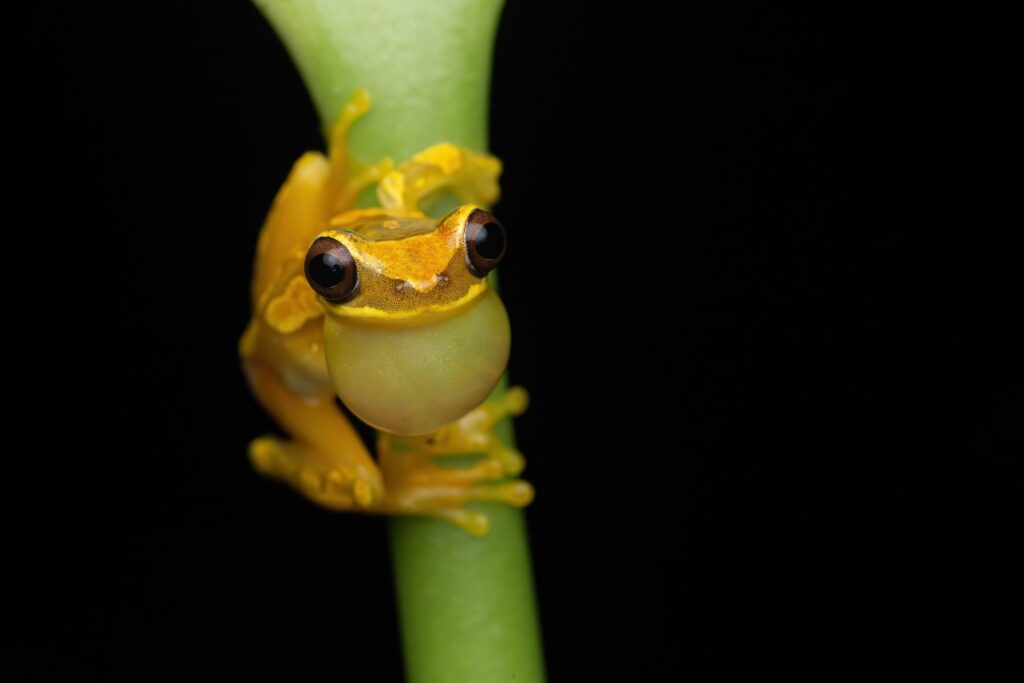
Although this happens in all kinds of nature and wildlife photography, it is more evident when we talk about macrophotography. It seems like the size of the subject and the easiness to manipulate them determine the way we behave. It seems like it is wrong for example to manipulate a large mammal, but it seems fine to do it with small arthropods or frogs.
We as humans tend to assign value to different things, and we tend to think that a life of certain animals or living beings is more important than others, but I believe it is not the case. All living beings are fighting to survive, to remain alive and do their thing. They have to overcome thousands of challenges every day. Life out there is tough for every creature.
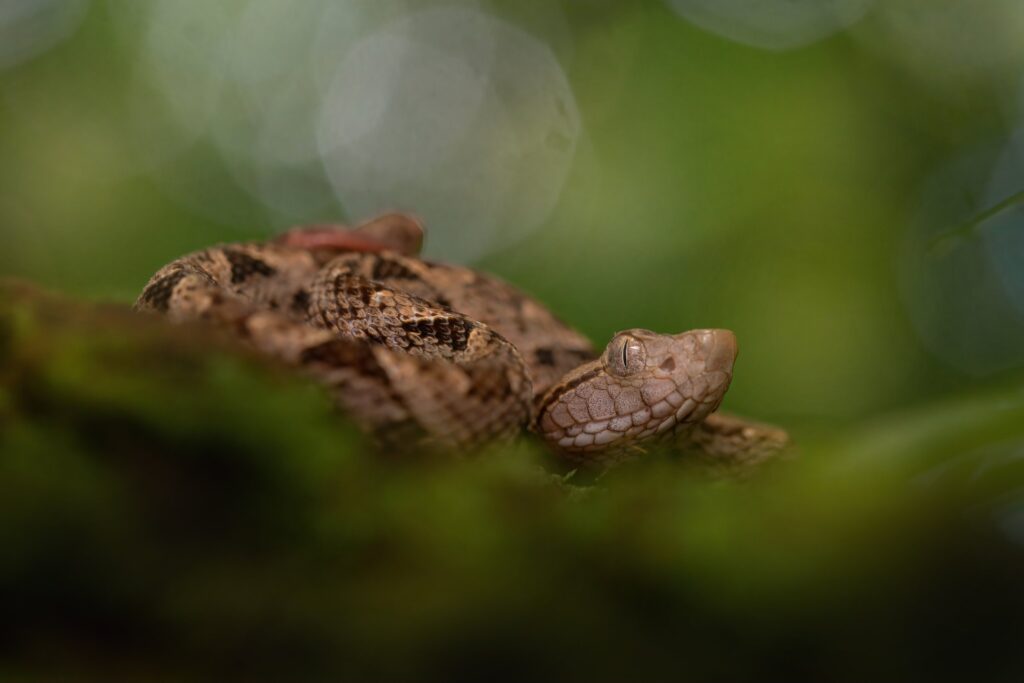
Almost a year and a half, I moved from my country, Argentina, to live in the forests of Costa Rica. I live in the mountains in the middle of the jungle, and every day I can witness the circle of life and death in the jungle. I can see a flock of toucans sweeping with all the bird nests in a big area in just less than an hour, or the fight of frogs for the right to leave genes in the next generation. Life is already tough out there! They do not need us to complicate it even more!
Photography is an activity that is growing fast, we are more and more doing this fascinating activity that connects us with our origins: Our life in the wild. But if we don’t do it with respect, and we do not educate others about the importance of every living being, the impact will be as time goes on bigger and bigger.

As I mentioned before, it seems like in macro photography, the guidelines are even weaker than with other sorts of photography. When it comes to photographing arthropods, like insects and spiders, for instance, things go to the extreme. I even found tutorials on the internet on how to kill an insect to do macrophotography or extreme macrophotography. Yes, crazy, but there are people that kill the animals to make an impactful picture. Not so extreme, but others place insects, spiders, frogs, lizards and snakes on the freezer to lower the metabolism and in that way be able to photograph them easily because they can not move.
Those animals are ectothermic, that means that they rely on an external resource of energy to regulate its own temperature.
Those are practices that people can do on their own, but I also had to witness how photographers that teach photography or make photo tours in exotic locations offer a stage session with reptiles and frogs. That means that the animals are manipulated, took off of their environment and life, maintained them in captivity for a period of time, used as a toy in the photographic session, while placing them on a flower or plant previously cut.

Of course it is the easiest way all the attendants of the workshop can go back home with outstanding shots. But not one of them are real. And no one of them tell the real story of the animals, and none of them teach us about the life, behaviors, and challenges of those animals.
Suffice it to say that those animals are suffering stress that can compromise the survival of them, once they are released in the wild again. But there are even more risks for those animals. For example, amphibians are declining at a high rate because of a Chytrid fungus that is spreading around the world due mainly to the illegal animal trade. If we manipulate the animals we are contributing to the problem. Chytrid fungus is transferred by direct contact between frogs and tadpoles, or through exposure to infected water.
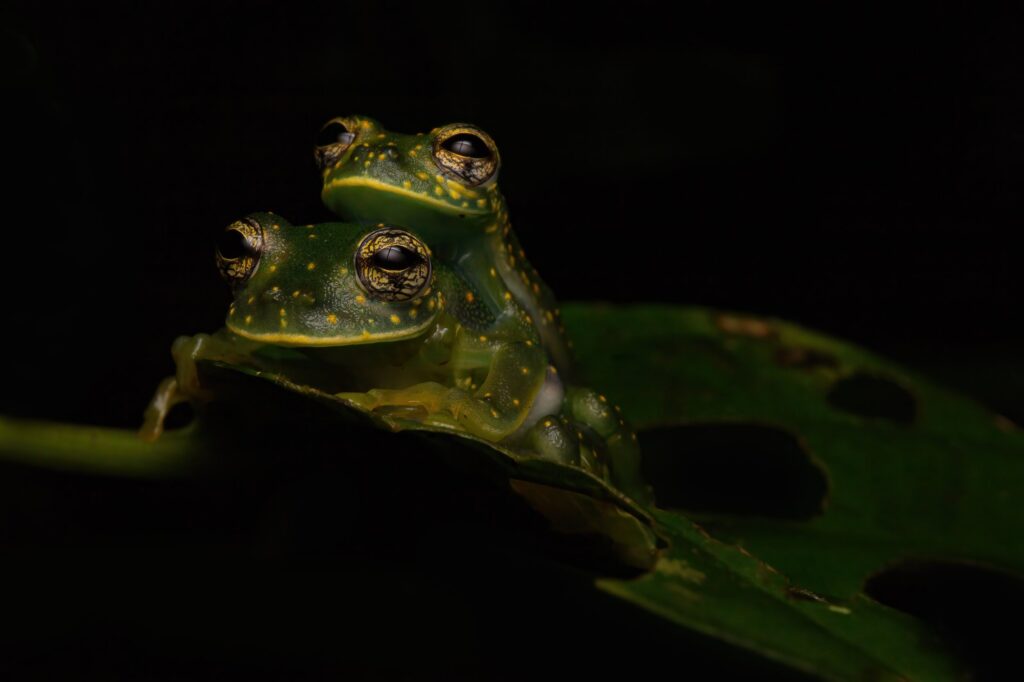
Amphibians also are sensitive, their skin is highly permeable and they are vulnerable to toxins. Imagine when you are in the middle of the jungle probably you are full of some insect repellent to try to avoid mosquitos and other insect bites, and if you manipulate them you are harming them.
It is our responsibility as photographers to place the well-being of our subjects as a priority, before a good frame. Always nature first!
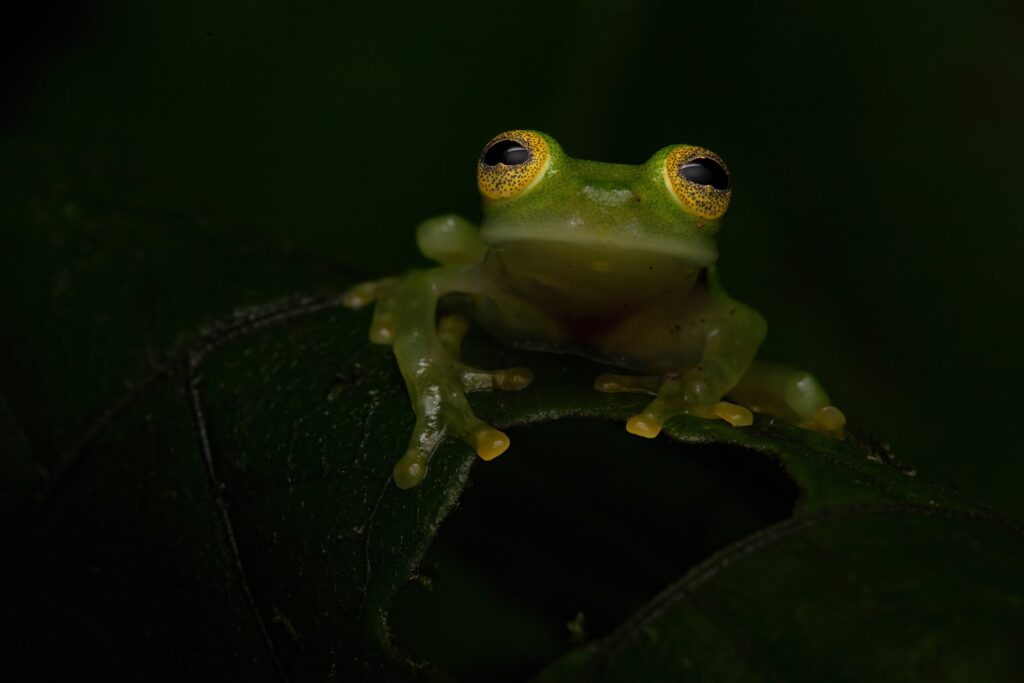
Nature has a lot to offer us, not just the enjoyable time we spend on it when we do our craft. All our life is based on what we were able to learn observing nature. Nature was an inspiration of our art, but also our engineering, science research and pretty much every aspect of our life..
Photography allows us to enter that world, and to learn about the amazing living beings that share our planet with us. Ultimately, not just we are harming the animals or the environment, we are also missing the opportunity to learn, and feel amazed for the amazing world we live in.
Having a picture that we took in those artificial conditions, from my point of view is like having a library full of books that we never read.
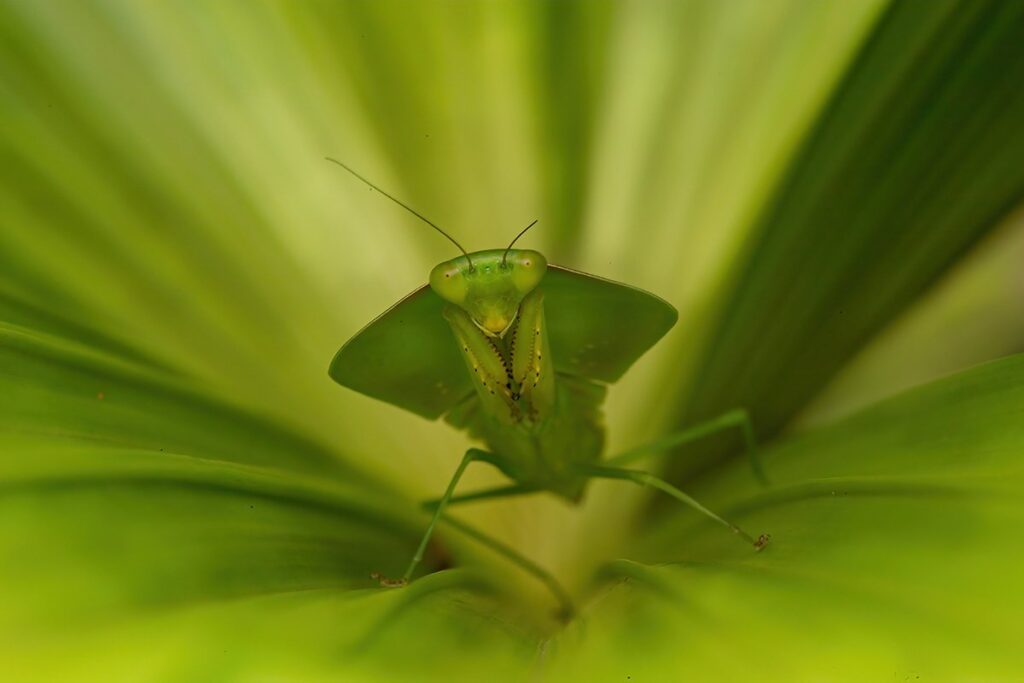
But what we can do?
Be responsible when we do photography
If you will travel or assist to a workshop, choose those that you know respect nature and prioritize the well-being of the subject you will work with
Be aware when you are in social media and do not promote and validate the work of those that have amazing pictures but that are made with disrespect of the subjects.
Inspire others with your work and educate them about the problems linked to the bad behaviors of photographers.
if you teach, make workshops or photo tours, be respectful of nature and teach your attendants to be respectful with the subjects you work with.
Always follow the Nature First Principles
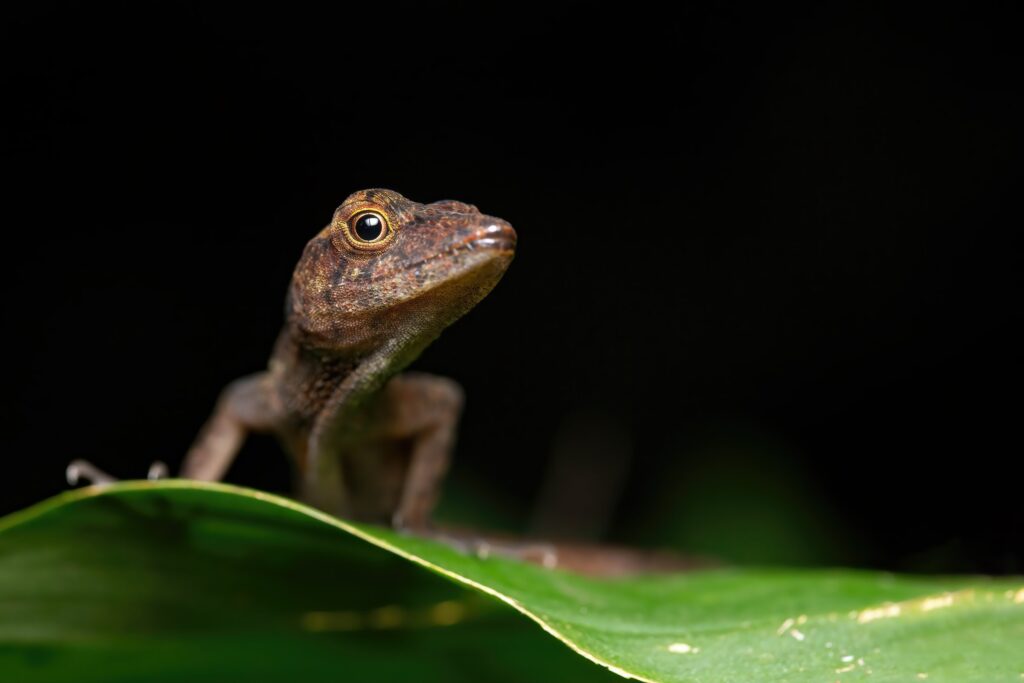
All the pictures you see in this article were taken in natural conditions, without manipulation of the animals. If we learn about the behavior of the animals, and we learn the technique we can get amazing results without the necessity to build any stage and harm the animals.
